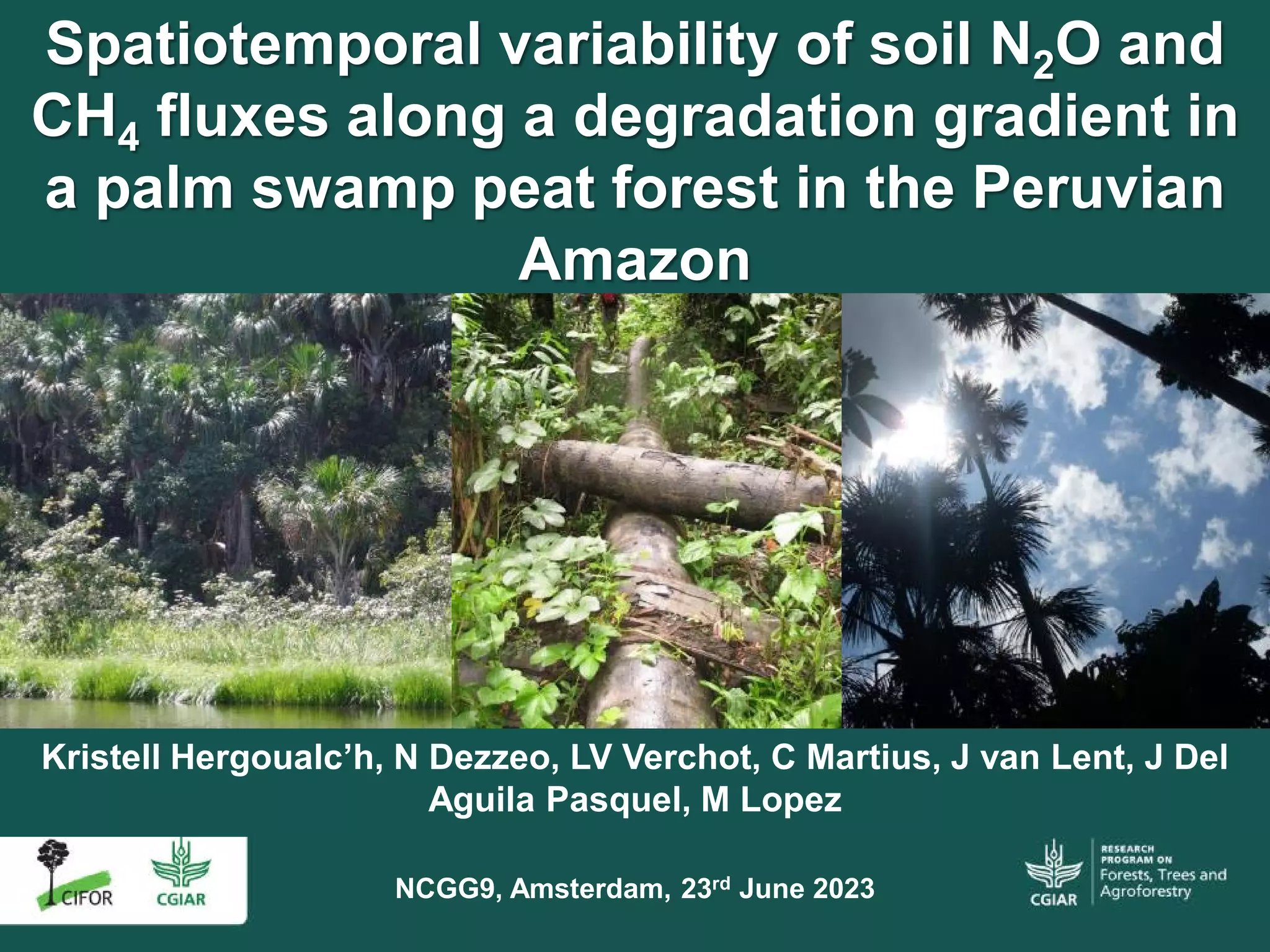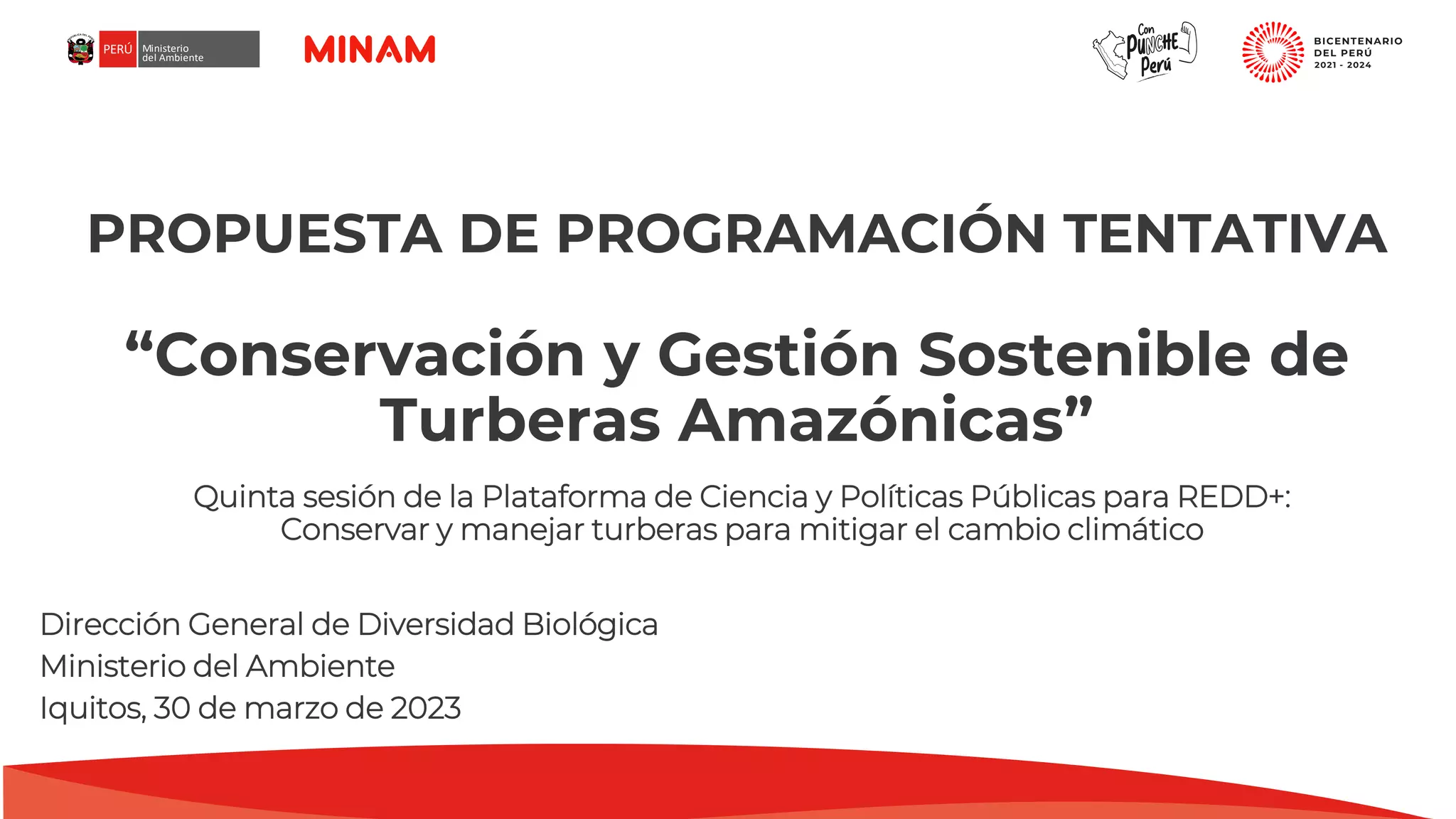
Most peat domes in Southeast Asia are crisscrossed by networks of drainage canals. These canals are a potentially important source of methane to the atmosphere because the groundwater that discharges into them carries high concentrations of dissolved methane that is produced within peat. In this study, we present an isotope-enabled numerical model that simulates transport, degassing, and oxidation of methane and dissolved inorganic carbon (DIC) along a drainage canal. We then estimate methane fluxes through a 5-km canal that crosses a disturbed, forested, but undeveloped, peat dome in Brunei Darussalam by applying this model to field data: concentrations and stable carbon isotopic ratios of both methane and dissolved inorganic carbon from both peat porewater and canal water. We estimate that approximately 70% of the methane entering the canal is oxidized within the canal, 26% is degassed to the atmosphere, and 4% is transported toward the ocean, under low to moderate flow conditions. The flux of methane to the atmosphere is lowest at the maximum elevation of the canal, where flow is stagnant and methane concentrations are highest. Downstream, as flow velocity increases, methane emissions plateau even as methane concentrations decrease. The resulting methane emissions from the canal are large compared to emissions from the peat surface and vegetation on a per-area basis. However, since the canal covers only a small portion of the catchment area, the canal may be a substantial but not dominant source of methane from the peatland.
Download:
 file
file

- Authors: Somers, L.D., Hoyt, A., Cobb, A.R., Isnin, S., Suhip, M., Sukri, R.S., Gandois, L., Harvey, C.
- Author Affiliation: Dalhousie University, Massachusetts Institute of Technology (MIT), Stanford University, Singapore-MIT Alliance for Research & Technology Centre (SMART), University Brunei Darussalam, Universite de Toulouse, Universite Federale Toulouse Midi-Pyrenees (ComUE), Universite Toulouse III - Paul Sabatier, Institut National Polytechnique de Toulouse, Centre National de la Recherche Scientifique (CNRS)
- Subjects: methane, tropics, peatlands, drainage, canals, hydrology, greenhouse gases, isotopes
- Publication type: Journal Article
- Source: Journal of Geophysical Research-Biogeosciences 128(3): e2022JG007194
- Year: 2023
- DOI: https://doi.org/10.1029/2022JG007194

















